If you’ve ever felt someone’s presence calm you down, or noticed how a gentle touch can ease pain, you’ve already glimpsed the essence of Reiki. At its heart, Reiki is about channelling universal life energy through the hands to support balance, healing and wellbeing. Since we, at The Creative Choice, believe that everything is made of energy, we have no qualms about understanding the principles behind Reiki healing and have experienced the benefits first-hand. This beginner’s guide to Reiki will walk you through the history, principles, what a session involves, the reported benefits, and how you can explore Reiki in your own life. I love Reiki because it invites us to remember that we are all essentially made of energy and healing ourselves can be done in many different ways.
In recent years Reiki has grown in popularity and is now offered not only in holistic healing centres but also in hospitals, hospices and wellbeing programmes. Yet for many, it still feels mysterious., so we;ve put together this guide to answer your questions. What exactly is Reiki? Does it really work? And how can you try it for yourself?
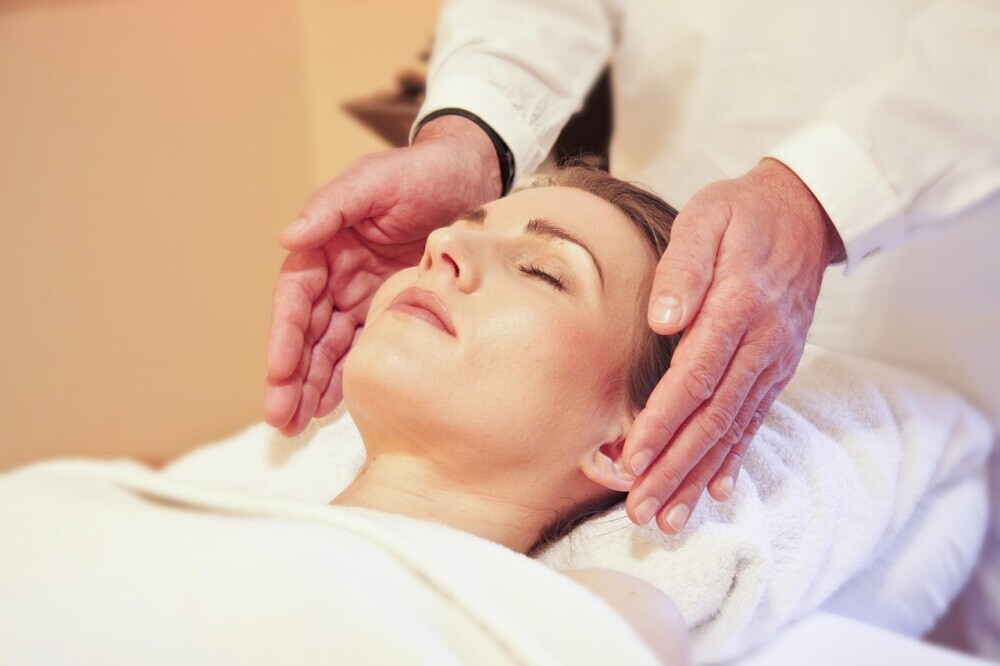
The Origins of Reiki
Reiki began in Japan in the early 20th century. Its founder, Mikao Usui (1865–1926), was a spiritual seeker and teacher who combined his Buddhist background with meditation practices and a strong sense of purpose. After a 21-day retreat of fasting and meditation on Mount Kurama, Usui had a profound spiritual experience that became the basis for Reiki.
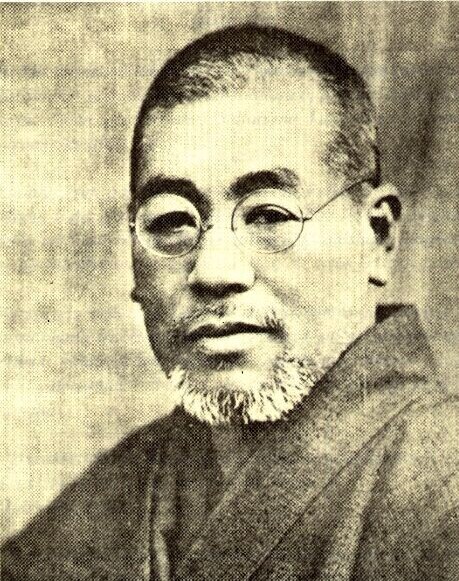
Public Domain, https://commons.wikimedia.org/w/index.php?curid=1301846
He described it as an ability to channel “universal life force energy”, a subtle but powerful current of energy that flows through all living things. Sometimes this is referred to as Qi/Chi in the Chinese tradition, prana in the Indian tradition and Mana in Polynesia/Hawaii. It has different names around the world, but they all refer to the same thing.
Usui began treating people in his community and teaching others. His students later carried Reiki to the West, where it spread rapidly from the 1980s onwards.
Rooted in Japanese spiritual tradition, Reiki honours the wisdom of its founder Mikao Usui and the cultural lineage from which it emerged. Practitioners today are encouraged to approach it with reverence and respect. Today, Reiki is practised worldwide, with several different lineages, though all trace back to Usui’s teachings. Practitioners today are encouraged to approach it with reverence and respect.
What Does “Reiki” Mean?
The word Reiki is made up of two Japanese characters:
- Rei (霊) – spiritual, universal, sacred
- Ki (気) – life force energy, the same concept as “Qi” in Chinese medicine or “Prana” in yoga
Together, Reiki can be translated as “universal life energy.” Practitioners believe this energy can be channelled through the hands to help clear blockages, restore balance, and support natural healing.
How Does Reiki Work?
Reiki is believed to interact with the body’s biofield, which is a subtle electromagnetic field that surrounds and permeates living beings, often referenced in complementary medicine.
What Reiki Is Not
There are plenty of misconceptions, so it’s useful to clear these up:
- Reiki is not a religion – though it has spiritual roots, it does not require specific beliefs
- Reiki is not massage – no pressure or manipulation of muscles is used
- Reiki is not harmful – it is considered safe and complementary to medical care
- Reiki practitioners do not diagnose or prescribe – it is not a substitute for medical treatment
The Reported Benefits of Reiki
Scientific research into Reiki is still limited, though well-being. Some studies show positive effects on relaxation, pain management, and mental wellbeing. For example:
- A 2019 systematic review found Reiki may help reduce anxiety and depression and improve quality of life in people with chronic conditions (McManus, 2019, Journal of Alternative & Complementary Medicine)
- Research at the University of Huddersfield in the UK found that patients receiving Reiki during cancer treatment reported reduced stress and better sleep (Thrane & Cohen, 2014)
Beyond studies, thousands of people report anecdotal personal benefits such as:
- Deep relaxation and stress relief
- Reduced pain or tension
- Emotional release and improved mood
- Greater clarity, focus, and spiritual connection
While evidence is still developing, Reiki is increasingly recognised as a supportive therapy in healthcare, especially in palliative care and oncology.
The Five Reiki Principles
Mikao Usui encouraged his students to live by five simple ethical principles, often recited daily:
- Just for today, I will not be angry
- Just for today, I will not worry
- Just for today, I will be grateful
- Just for today, I will do my work honestly
- Just for today, I will be kind to every living thing
These are not rules but gentle reminders to live with mindfulness, compassion and balance. At The Creative Choice, we support these principles and if you’d like to find out more about these, you can read some of our, other articles about gratitude, letting go of stress and kindness.
What Happens in a Reiki Session?
A Reiki treatment is simple, non-invasive, and from my experience, VERY relaxing. Here’s what you can usually expect:
- Setting – You’ll lie fully clothed on a massage table or sit in a chair. Soft music and low lighting are often used to create a calming atmosphere.
- The practitioner’s role – The Reiki practitioner places their hands lightly on or just above specific points on your body (head, shoulders, torso, limbs).
- Energy flow – They act as a channel for the Reiki energy, which flows through them to you. They do not use their own energy, but they open themselves up to let universal energy flow.
- Your experience – People report a range of sensations: warmth, tingling, deep relaxation, even visual imagery or emotional release. Others simply feel calm and peaceful.
- After effects – Many describe feeling lighter, more centred, or unusually rested for hours or days afterwards.
A session typically lasts 45–60 minutes. There is no need to believe in Reiki for it to work, though being open and relaxed tends to help. Some people may experience emotional release, such as tears or spontaneous insights. This is considered a natural part of energetic rebalancing but this does not happen in all cases.
If you are interested, the best thing to do is go along and give it a try. It is non-invasive and harmless but you may be pleasantly surprised by the results and relaxation you feel.
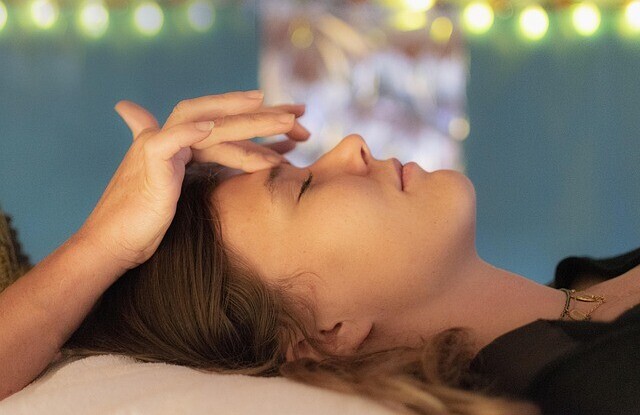
How to Begin Exploring Reiki
If Reiki interests you, there are a few ways to start:
1. Receive a treatment
Book a session with a qualified Reiki practitioner. Many offer an introductory session so you can experience it without commitment. Look for practitioners who are certified and can trace their lineage back to Usui. This ensures that the teachings remain rooted in tradition and integrity.
2. Learn Reiki for yourself
Reiki is unique in that anyone can be taught to practise it and you will find benefits for yourself and your own energy from undertaking a course. Training is usually given in stages:
- Reiki I (Shoden) – focus on self-healing and giving Reiki to friends and family.
- Reiki II (Okuden) – introduction to Reiki symbols, distance healing, and deeper practice.
- Reiki Master/Teacher (Shinpiden) – advanced training and ability to teach others.
Once attuned (a process guided by a teacher), many people find they can practise Reiki on themselves daily. Each level of Reiki training includes an attunement, a sacred energetic initiation performed by a Reiki Master. This ritual is designed to open the student’s channels to Reiki energy and is often experienced as deeply transformative.
In Level II and Master training, practitioners learn sacred symbols that help focus intention, amplify healing, and connect with specific energies. These symbols are traditionally kept private and used with reverence.
Many Reiki practitioners blend their sessions with crystals, sound healing, or aromatherapy. These additions can enhance the sensory experience and deepen energetic resonance.
3. Simple self-care practices
Even without formal training, you can explore Reiki-like practices:
- Place your hands gently over your heart or stomach and breathe slowly.
- Notice any warmth, tingling, or calmness.
- Use this as a daily mindfulness pause.
Reiki in Modern Life
One of Reiki’s strengths is its adaptability. People practise it for different reasons:
- Stress relief – a natural way to calm anxiety in busy lives
- Spiritual connection – as part of meditation or prayer routines
- Support in illness – many hospitals now allow Reiki alongside treatment
- Everyday balance – self-Reiki can be a daily ritual like yoga or journaling
Because it is non-invasive and safe, Reiki can be used by people of all ages, including children, pregnant women, and the elderly. Reiki is not just a technique; it’s a gentle invitation to reconnect with the wisdom of your body, the rhythm of your breath, and the quiet knowing that healing is always possible.
Criticism and Scepticism
Like most complementary therapies, Reiki has its critics. Some scientists argue there is not enough evidence to claim specific healing effects beyond placebo. Others point out that the “universal energy” has not been measured or defined scientifically.
However, many practitioners respond that the calming, relaxing effects alone are worthwhile — and growing research into the “biofield” suggests our understanding of subtle energy may be evolving.

Over to You
Reiki is best understood not as a miracle cure, but as a gentle practice of balance and presence. Whether you see it as spiritual energy, a form of meditation, or simply deep relaxation, its popularity suggests it offers something meaningful.
The only real way to really know is to experience it yourself. Even one session can give you a sense of how this subtle flow of energy feels and whether it’s something you’d like to explore further.
What are you waiting for?
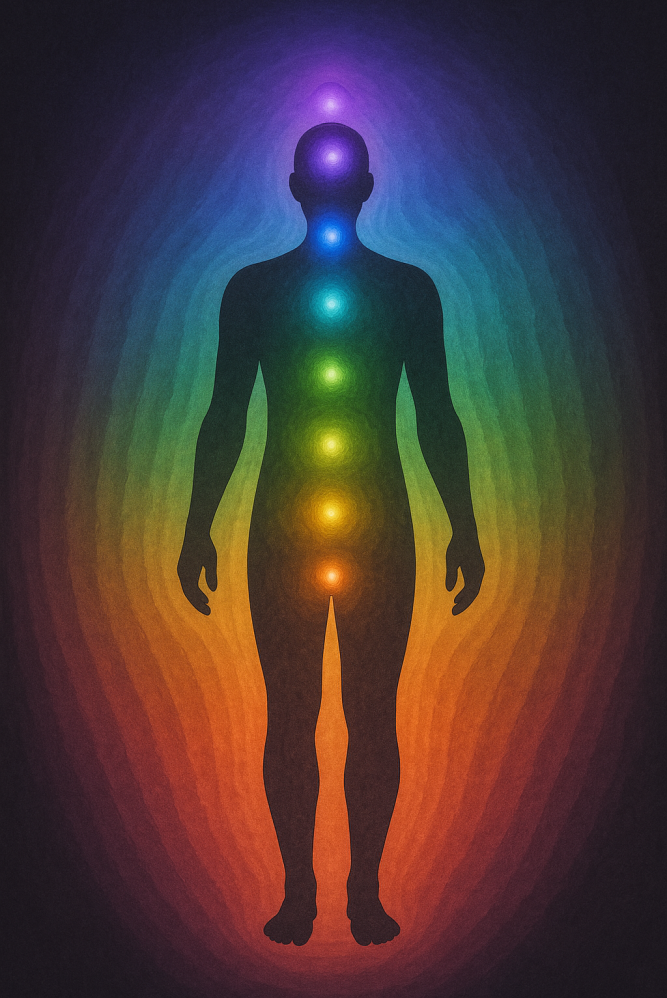
FAQ for A Beginner’s Guide To Reiki
Is Reiki the same as massage?
No. Reiki involves light touch or hands held just above the body, but there is no pressure or manipulation of muscles. It is closer to meditation than massage.
Do I need to believe in Reiki for it to work?
Not at all. Reiki does not depend on belief, though being open and relaxed may help you enjoy the session more fully. Many people report benefits regardless of whether they came in as sceptics or believers.
Is Reiki safe?
Yes. Reiki is considered safe and non-invasive. It is suitable for adults, children, pregnant women, and the elderly. It is often used alongside medical treatments, but it should not replace medical care.
How long does a Reiki session last?
Most sessions last between 45 and 60 minutes. Some practitioners also offer shorter taster sessions of 20–30 minutes.
What does Reiki feel like?
Everyone’s experience is different. Some people feel warmth, tingling, or a flow of energy. Others feel very relaxed or even fall asleep. A few notice emotional release, such as sudden tears or laughter.
Can I learn Reiki myself?
Yes. Reiki can be taught in stages. Reiki Level 1 focuses on self-healing and giving Reiki to family and friends, while later levels introduce symbols, distance healing, and eventually teaching.
Where can I find a Reiki practitioner?
In the UK, you can search the UK Reiki Federation’s practitioner directory. In other countries, look for professional associations or recommendations from holistic health centres.
Is Reiki, hands-on or hands-off?
Reiki can be either hands-on or hands-off, depending on the practitioner’s style and the recipient’s comfort.
Hands-On Reiki
- The practitioner gently places their hands on specific areas of the body (with consent)
- Common in traditional Usui Reiki and often used for grounding or physical healing
- Touch is light and non-invasive, typically over clothed areas
Hands-Off Reiki
- The practitioner holds their hands a few inches above the body
- Ideal for clients who prefer no physical contact or for working with sensitive areas
- Energy is believed to flow just as effectively through intention and proximity
Both Approaches Share
- The same intention: channelling universal life force energy
- The same energetic principles: working with the biofield, chakras, and subtle bodies
- The same potential outcomes: relaxation, emotional release, energetic balance
Some practitioners even combine both styles intuitively during a session.
References for A Beginner’s Guide To Reiki
- McManus, D. E. (2019). Reiki Is Better Than Placebo and Has Broad Potential as a Complementary Health Therapy. Journal of Evidence-Based Complementary & Alternative Medicine, 24(3), 102–107.
- Thrane, S., & Cohen, S. M. (2014). Effect of Reiki therapy on pain and anxiety in adults: An in-depth literature review of randomised trials with effect size calculations. Pain Management Nursing, 15(4), 897–908.
Related articles
How To Use Crystals in Your Healing Practice
Starting Breathwork: Learning to Breathe Again
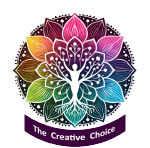

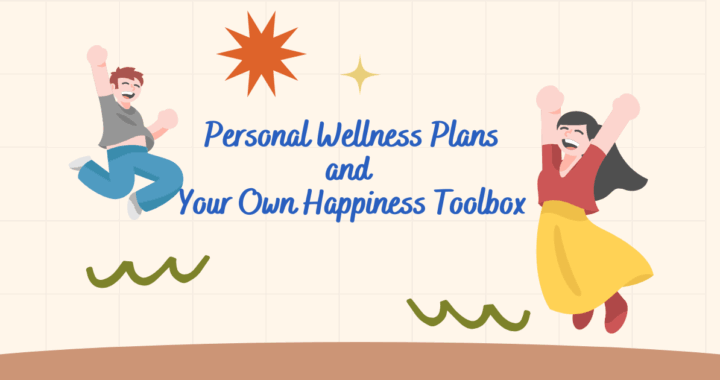
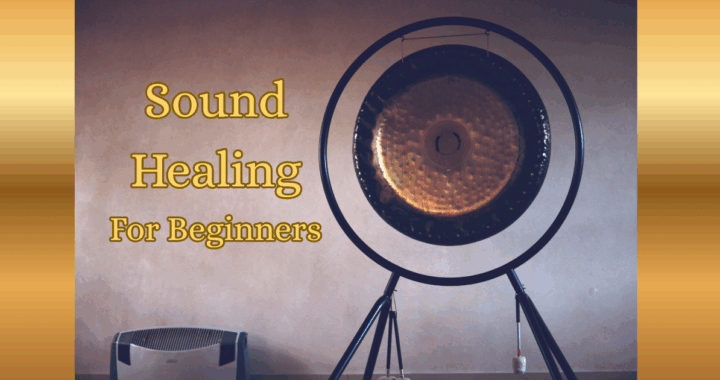

Reiki has been around for a long time, and it is strange that it only gained momentum from the 1980s, even though the founder died in 1926.
I went for a Reiki session long ago, and didn’t feel anything, so presumed it didn’t work. How would you choose the right practitioner. Would you ask for qualifications, or go by word of mouth?
Hi Michel. Thanks for your comments and experience here. As you say, Reiki has been around for a while but I suppose that like anything, we only know about things in other places if we actually visit or read books. As the world has opened up more in the last 50 years, then these practices have become more known in the West, which is where I am writing from. Energy healing practices have in fact, been practiced for many millenia if you knew where to look but Reiki as such, is more modern under the teachings from Usui.
To answer your question specifically, I would say that it really depends on your practitioner and also whether people are tuned in to recognising shifts in their own energy, especially if those shifts are subtle. I would not give up on the practice from one experience – I would check people’s qualifications and try to find someone who is well recommended too, although many people who are training will welcome someone to ‘practice’ on and just because they are training, that does not mean that the session will not be beneficial. We all have to start somewhere. to be honest, I would trust my instincts too, if you are used to doing this, as this is the real you talking to you! And I would trust that above everything. Let me know if you decide to try Reiki again – perhaps even train in it yourself.
This is such a beautifully written and approachable introduction to Reiki! I especially appreciated how you explained the origins and meaning of Reiki—connecting Rei (spiritual) and Ki (life energy)—and your clear breakdown of what Reiki is (and isn’t) was truly grounding. The session overview really resonated with me—laying fully clothed in a calming atmosphere, with gentle hand placements that channel energy—it honestly sounds deeply relaxing. A couple of questions for you:
For beginners exploring Reiki, do you find that hands-on or hands-off sessions resonate more deeply? If so, why?
When people begin practicing Reiki on themselves after a Level 1 attunement, what simple self-care exercises tend to offer the greatest sense of balance or presence?
Thank you for such a respectful, clear, and informative guide to this beautiful healing practice!
Hi Learhrae. Thanks for your kind comments on the article, and welcome back to the site. I’m so pleased that you found something useful in it. To answer your question specifically about Level 1 attunement practices, there are many that you can start with and see which ones feel the most useful and energising to you.
For example, you can try:
Daily Self-Treatment (Hands-On Healing)
Place your hands on or near the seven main chakra areas, spending 3–5 minutes on each.
Begin at the crown and move downward, or start at the heart and follow your intuition.
Let your breath guide the rhythm. No need to force — just allow the energy to flow.
Reiki-Infused Breathwork
As you inhale, silently invite Reiki energy in.
As you exhale, imagine it flowing through your body, releasing tension.
This can be done anywhere, even for a few minutes during a busy day.
Gassho Meditation (Hands in Prayer Position)
Sit quietly with hands in prayer at the heart centre.
Focus on the space between your palms and the breath.
This traditional Usui practice cultivates presence, humility, and energetic alignment.
Reiki Journaling
After each self-treatment, jot down sensations, emotions, or insights.
This deepens awareness and helps track subtle shifts over time.
Reiki Shower or Bath
As water flows over you, visualise Reiki energy cleansing your aura.
You can place your hands on your heart or solar plexus while soaking, inviting balance.
As mentioned, you can actually do a lot of these exercises quickly at any time of the day – on the bus, in a few quiet moments you give yourself as you wake up or sitting quietly with your cat.
I hope these are useful to you. Let me know how you get on with your own practice. Gail
This guide really opened up the world of Reiki in such a clear and approachable way. I appreciated the mix of history, practical details about what a session feels like, and even the reminder that Reiki is not a religion or a substitute for medical care. The five Reiki principles especially stood out to me—they feel like gentle life lessons anyone could apply, whether or not they practise Reiki. I’m curious though: for beginners who want to explore Reiki for self-care, how often would you recommend practising it on themselves to notice a real difference?
Hi Jenny. Welcome back to the site and thanks again for your kind comments. I do love Reiki as it is so gentle and we can all access Divine energy whenever we want to. To answer your question, there is no limit to how much you want to tune into your spiritual energy – in fact, I would advocate that you are aiming to do that all day, every day, to live your best and most aligned life. That does not mean you have to spend 24/7 with a Reiki practitioner because we all have to live our lives, but the principle of aligning with Source energy is something to practice often. Some people like to visit a practitioner once a week/month if they are working on a specific issue, but I would advise trying to align your own energy every day.
You might like to read my articles on meditation for beginners and “What is enlightenment?” which may help you further. .